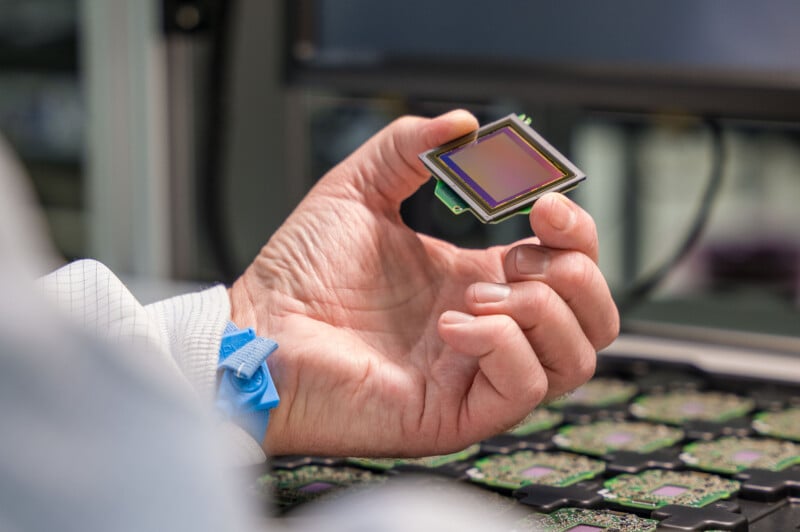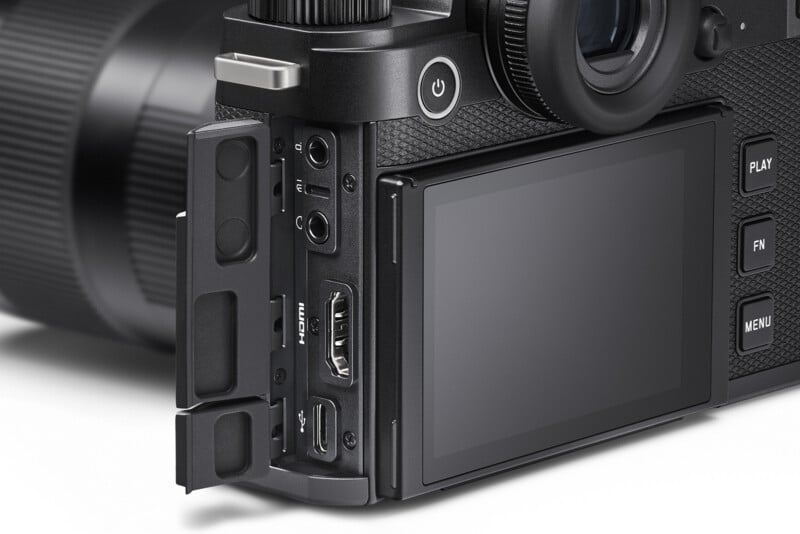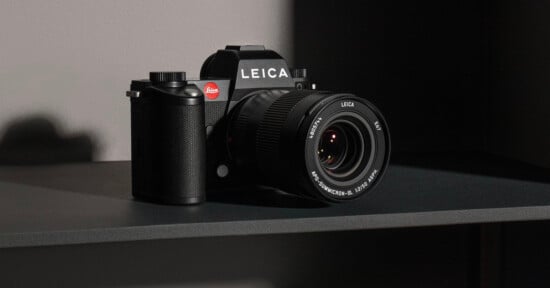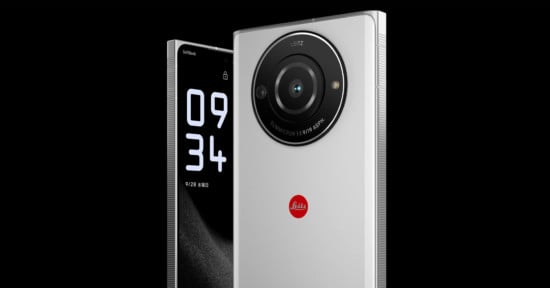Leica’s New SL3 Has Phase Detect AF and 60-Megapixel Sensor

Leica announced the SL3 full-frame mirrorless camera which puts the focus on image quality, durability, and versatility, centered on a sensor that now sports a 60 megapixel resolution and phase detection autofocus.
The core of the camera is that new sensor, which is a backside illuminated CMOS with Leica’s Triple Resolution Technology that can shoot in JPEG or DNG RAW at 60, 36, or 18 megapixels. Those aren’t crops, however, as in each case the entire sensor surface is used for image capture. Leica also says it expanded the dynamic range to 15 stops and boosted the ISO range to go from 50 to 100,000.

The sensor finally introduces phase detection (PDAF) which combines with Leica’s depth mapping and contrast recognition to produce a far superior autofocus system than Leica has previously featured in its SL series. The company says its combination of PDAF, object detection, and contrast detection makes the SL3 capable of creating super-sharp photos even in dim light, and the intelligent subject recognition allows humans to stay in focus even in dynamically changing scenes.
![]()
All of these updates are, as Leica says, in pursuit of remarkably detailed images that sport outstanding quality that can be captured in any lighting condition. The SL3 uses one CFexpress Type B slot and a UHS-II SD card slot and the camera can be charged and powered via USB. It also features a full-size HDMI port, WiFi connectivity, and can tether over the aforementioned USB.


The camera is IP54 certified to allow it to function in harsh environments. It is smaller and more compact, too, although that does come at a cost. The IBIS is half a stop less performant (five stops) than the SL2. The shutter also had to be redesigned for the smaller body, resulting in a reduced shutter sync of 1/200 second compared to the SL2’s 1/250. It is very rare to see a new camera downgrade these specifications versus a previous model, but it’s a compromise Leica made to accommodate the smaller body.


The SL3 has what Leica calls an EyeRes viewfinder that is an “elaborately manufactured” optical system made of glass lenses that shows the 5.76 million pixels at a refresh rate of up to 120 frames per second. The rear LCD has also been updated to tilt, making low and high angle shots much easier to achieve.
The sensor supports capture at up to 8K and the camera can shoot in both H.265 and ProRes, but there are limitations. 8K and 4K are both limited to a crop of the center of the sensor. ProRes can only be captured in 1080p Full HD video modes and H.265 only works in 8K.
Leica put significant emphasis on the design and operation of the SL3 camera.

“Every optimization is aimed at enhancing user comfort such as ergonomics, tactile feel, and menu navigation. As a result, the grip, button layout, and overall camera design have been refined to further promote intuitive handling,” Leica says.
“The updated, streamlined icon and menu design offer a clear structure, facilitating even easier navigation. The distinct separation of photo and video modes proves especially beneficial as it is aided by a specific color code for differentiation: red for photo mode and yellow for video mode.”


The multiple function buttons on the camera can be customized by touch (holding down an FN button allows it to be customized from the touch screen) and the user interface aligns itself in landscape or portrait format depending on the camera’s position.

Leica made a bold choice with the power switch on the SL3, as it resembles more of what might be seen on a desktop PC than a camera. Instead of a switch, Leica opted for a large button that quickly starts up the camera when tapped and when held down for a few moments, turns the camera off.

The SL3 is designed to work with a new battery, the BP-SCL6, but is still compatible with the previous SL2’s battery, albeit with reduced video capability and shorter life span.

Leica’s SL3, which is made in Germany, is available to order starting today for $6,995.
Image credits: Leica



